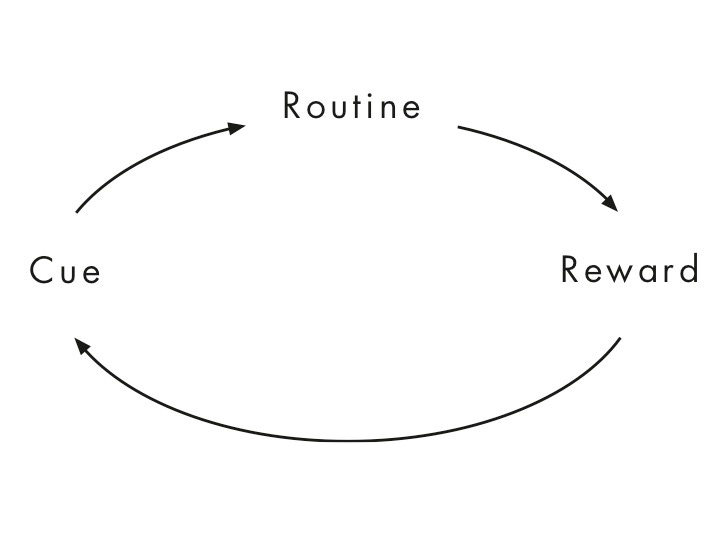Why Growth Activation Matters
You’ve probably downloaded an app or visited a website and dropped off before much use. This could have been for a variety of reasons. Maybe the product seemed too daunting? Or maybe there was a gated subscription? I’m sure this list can go on for pages.
In my opinion, a growth marketing funnel consists of three main pillars: acquisition, activation and retention. Activation is the second step in the funnel, which consists of pushing users to complete a desired behavior or action.
But the reality is, approximately 95.87% of iOS users drop off after day 30, according to Statista’s 2021 Q3 report. As a startup founder, how do you prevent leakage, after you’ve spent abundant resources to acquire people at the top of the funnel?
Finding the right metric
The most important aspect to activation, is identifying the right metric and rallying the entire team around it. But this isn’t as simple as getting users from action A > action B (i.e., from install to sign up). What good does that do, if the post-sign up drop-off is 95%?
Instead, think of activation as getting users to a point where the propensity for them to stay for a longer period of time, is proven. Facebook famously found that “7 friends in 10 days” mantra was the metric which made users retain. So, they pushed heavily on activating users to that point.
Which metrics separate customers who find value in your product, versus those that don’t?
Start by picking and prioritizing actions specific to your product. This can be platform usage minutes, the number of messages a user sends, how many people a user follows, the number of times a user personalizes their avatar, or anything which provides a signal on how users are finding value in your product.
While this metric may not come easily and will require slicing your data, the output activation metric is crucial in targeting the right goals.
Simulation of what retention would look like, if a SaaS platform activated users to certain usage minutes within their first week. Image courtesy of Jonathan Martinez.
In the above example (with sample data), a SaaS platform finds that they need to get users to 25+ minutes of usage within the first week, to avoid a major drop off at the next point.
Simulation of first-week users within each usage minute bucket for a SaaS platform. Image courtesy of Jonathan Martinez.
It’s also imperative to dig deeper and understand the number of users within each bucket. We see above that the 25+ minutes bucket is smaller, in comparison to 10+ and 1+ minutes. In this case, because the 25+ user pool is so small, we need to run analyses to understand which cohort is best.
Below is a quick example analysis:
4,000 users x 75% retention = 3,000 users
13,000 users x 10% retention = 1,300 users
After analyzing these two buckets, it still makes sense to activate users to reach 25+ minutes, despite the larger pool at 10+ minutes.
Activating users
Once a metric is decided upon, it’s time to start thinking about how to activate users to the desired action. The two main components to prioritize would be product and growth lifecycle (email/notification).
A perfect example of a product which has encouraged users to both activate and become high retaining users, is Twitter. During Twitter’s sign-up flow, they ask what the user’s interests are and compile a list of users they should be following based on their answers.
There’s a reason their sign-up flow is tailored the way it is. It’s likely they’ve learned that encouraging a user to follow four people on their first day, leads to a 50% uplift in retention. I’m sure hundreds of hours have gone into the data analysis for this model.
Twitter’s sign-up flow prompts users with suggestions on who to follow. Image courtesy of Twitter.
When building out product features, the focus should be on how to push users to your activation metric. Continuing with the SaaS simulations, the question we would want to continuously prioritize, is how to get users to 25+ minutes in their first week. What product features are currently increasing usage time? How do we get more users to start using those features? What additional features would lead to more time on the platform in the first week?
The Habit Loop framework coined by journalist Charles Duhigg, is applicable to answering which product features to add. In the framework, there are three simple steps: cue, routine and reward. For Twitter, the following could be one of their many habit loops:
Cue: boredom
Routine: scrolls feed on Twitter
Reward: gets interesting content from followed users
Habit loop. Image courtesy of Charles Duhigg.
Measuring success
After you’ve selected an activation metric and have rallied the team behind building and optimizing it, what’s next?
It’s time to build out an experimentation roadmap, with features and optimizations being shipped to improve the activation metric. Continuing with the SaaS example, adding a tutorial on the first load, may help boost time spent on the platform in the first week. This could potentially lead users to the meat of the product sooner – increasing usage. Experimentation roadmaps can be as robust depending on preference. But at the most foundational level, items should be stack-ranked, based on implementation difficulty, and expected lift.
When measuring the results from each experiment, it’s important to consider both the quantitative lift and the NPS and feedback. If you’re increasing friction to improve your activation metric, it’ll only backfire in the long run. The goal should be to push the needle on quantitative metrics first, while being conscious about your customer’s happiness score.
To increase testing throughput, create specific activation dashboards on your business intelligence (B.I.) tool, to minimize the time spent on analyzing data from each experiment.
Activation is a vital piece in the growth framework, and by optimizing for the correct metric, your startup will be leaps ahead.







